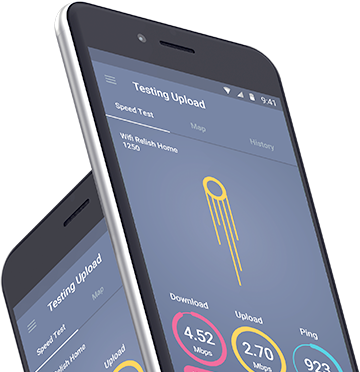In our regional analysis, we assessed how the mobile network experience varies across Canada's major provinces for the second time. Our results highlight how our users' experience on Canada's three national carriers – Bell, Rogers and Telus – compares with regional players that operate in some provinces, but not others, such as Quebec's Videotron or or Ontario’s Freedom Mobile.
In Video Experience, the national winner Telus won outright in Manitoba and Ontario, and further collected three joint wins with Bell in Alberta, Atlantic provinces and British Columbia. Meanwhile, Videotron bagged the award in Quebec, with a score of 77.5 points, which puts them in the Excellent category.
Like our national results, we saw a number of joint wins for Games Experience at the regional level in all provinces except for Quebec, where Videotron won the award outright. In our analysis of regional Voice App Experience, Telus won outright in British Columbia and collected three joint wins in a further three provinces that include Manitoba and Atlantic provinces — where we saw a three-way split between the national operators — and Ontario, where Freedom joined the national operators in a four-way split. Rogers won this category outright in Alberta.
Turning to our speed metrics, we saw something of a two-horse race between Telus and Bell. In regional Download Speed Experience Telus won outright in Ontario with a score of 74.5 Mbps, while Bell won outright in Alberta with 88 Mbps, and in the remaining regions both the operators ended up in a dead heat for first place. In Upload Speed Experience, Telus and Videotron won one award each in Ontario and Quebec, respectively, while Telus and Bell collected joint wins in the remaining regions, while also sharing the win with Rogers in Alberta.
Canadian operators also performed well in our regional analysis of 4G Availability. In Ontario, Quebec, British Columbia and Atlanta our 4G users connected to all national and regional operators were able to find 4G signals more than 90% of the time.
Select any region or city below to display individual breakdown



